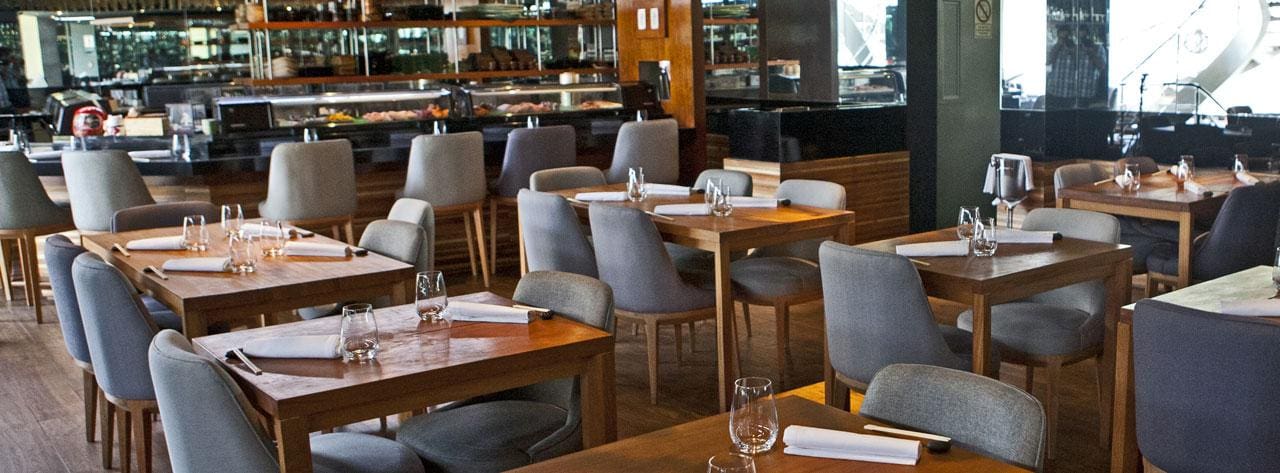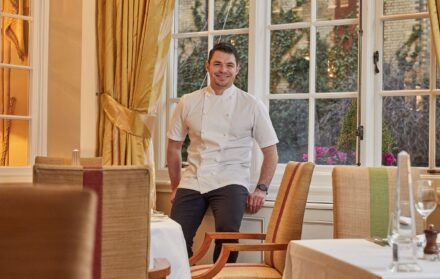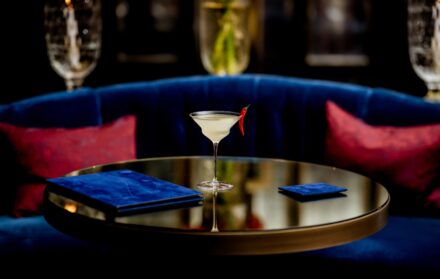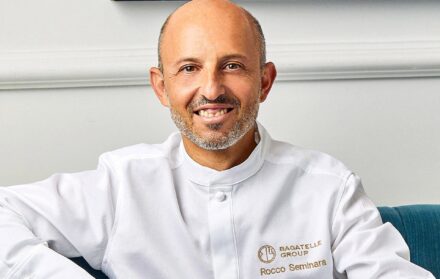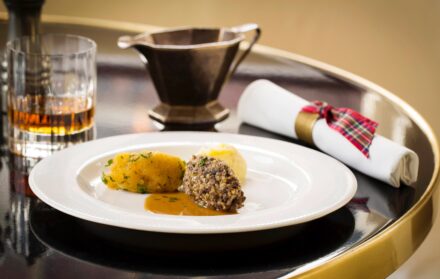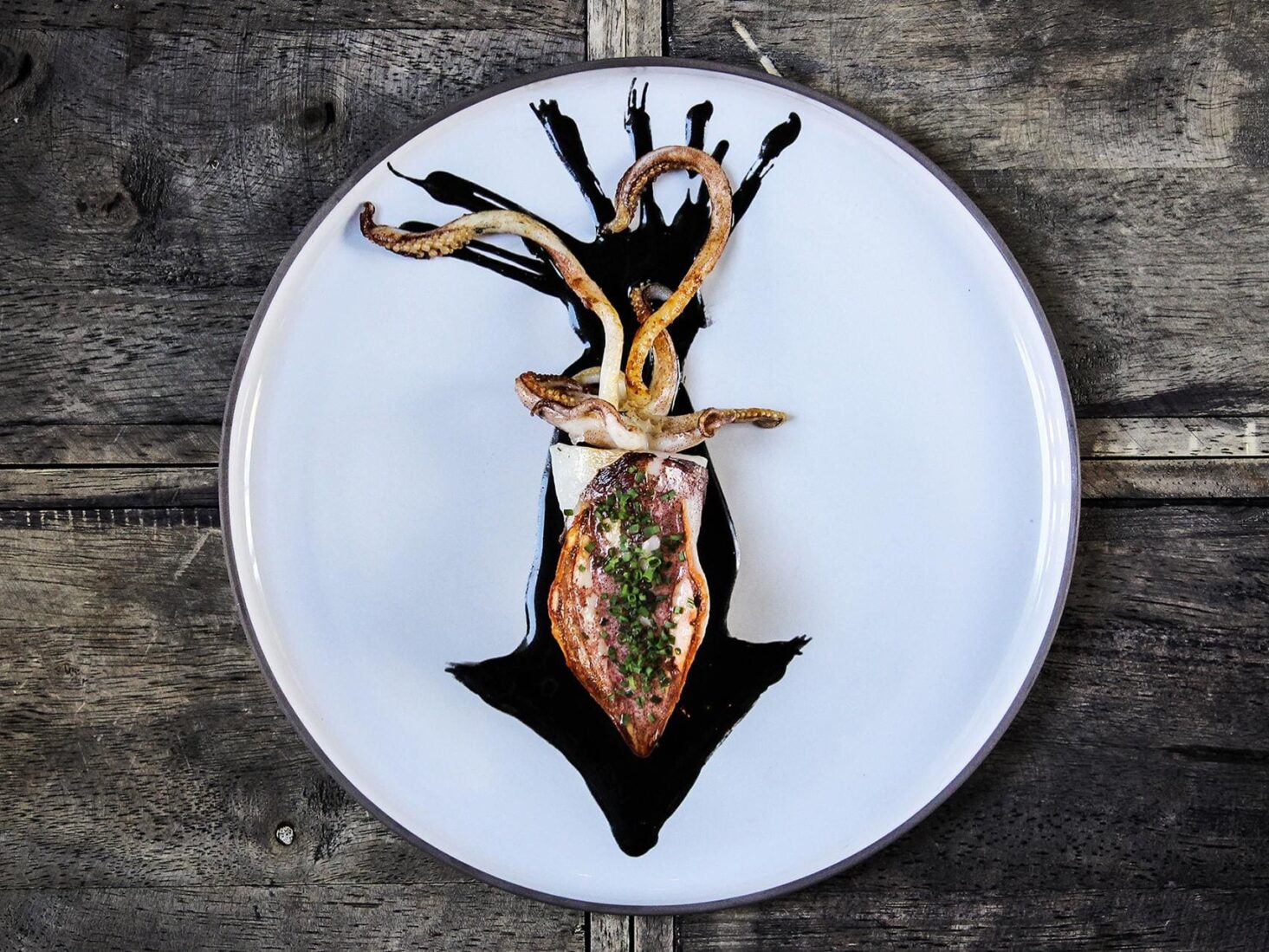
The Controversy Behind the World’s 50 Best Restaurants
How can a list with 26 spots out of 50 hailing from Europe and six hailing from the USA claim to represent the talent and taste of the whole world?
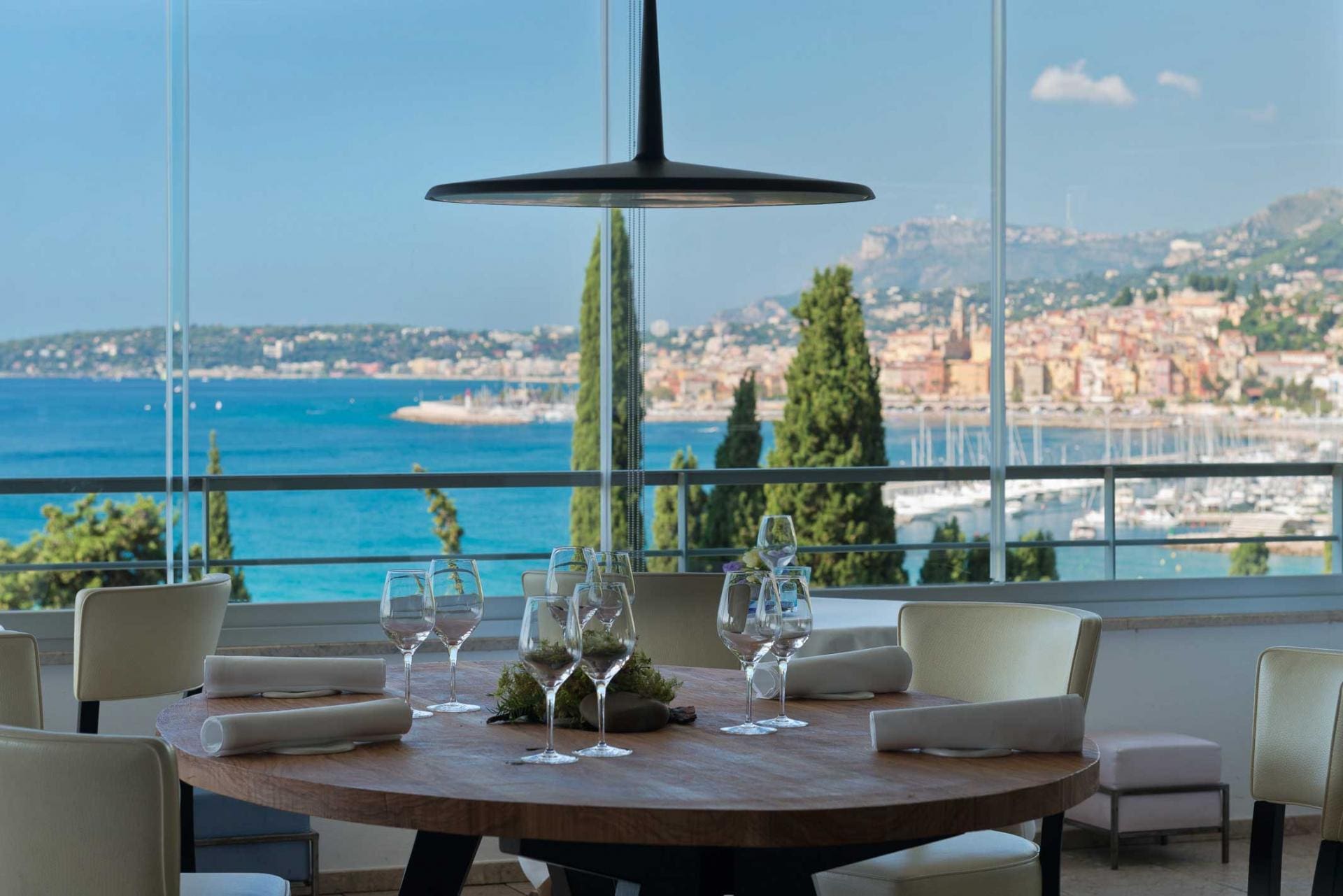
In June 2019, the ‘World’s 50 Best Restaurants’ were announced. Having received his third Michelin star earlier in the year, Mauro Colagreco’s Mirazur in Menton, on the French Riviera, took the top spot – the first French restaurant to take home a win since the list’s inception in 2002. This year, the rules changed – restaurants that have won in previous years can no longer appear on the list, instead transferring into ‘The Best of the Best’ to make space for new entries.
But increasingly the list faces scrutiny. Unlike the Michelin Guide, in which inspectors’ identities are confidential and visits unpredictable, the World’s 50 Best is organised by an Academy – more than 1,000 industry experts, including journalists, restaurateurs and chefs. Tourist boards and even individual restaurants are not banned from targeting members or lobbying – lavishing judges with invitations and free meals. Furthermore, the ‘World’s Best Female Chef’ award has been accused of tokenism (last year’s winner Clare Smyth has yet to make the main list), and despite organisers describing a ‘strong female presence’ this year, 45 of the 50 kitchens were run by male head chefs. With just nine women making the extended top 120 list, perhaps they meant the women themselves are strong enough to stomach the predictable imbalance.
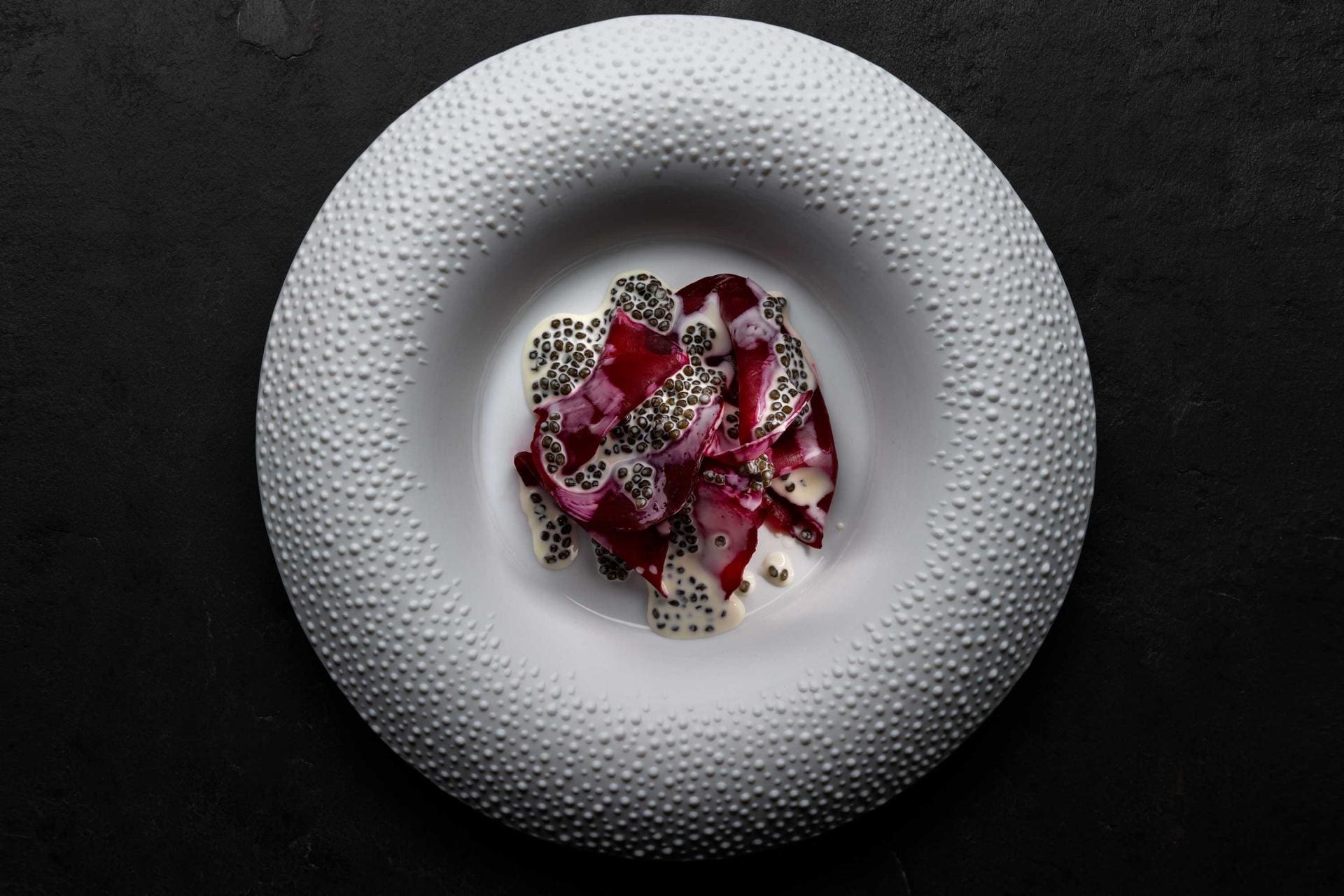
In addition, Euro-centric cuisine prevails, and in the list’s 18 years only European and North American restaurants have taken first place. Regional diversity has somewhat increased this year, but only one restaurant from Africa, one from mainland China (run by a French chef) and not a single restaurant from India made it onto the list. How can a list with 26 spots out of 50 hailing from Europe and six hailing from the USA claim to represent the talent and taste of the whole world? Some have taken solace in Cosme’s appearance in the list: a New York restaurant run by a Mexican woman, chef Daniela Soto-Innes, seems to be a powerful argument against certain far-right political propaganda being driven in America right now.
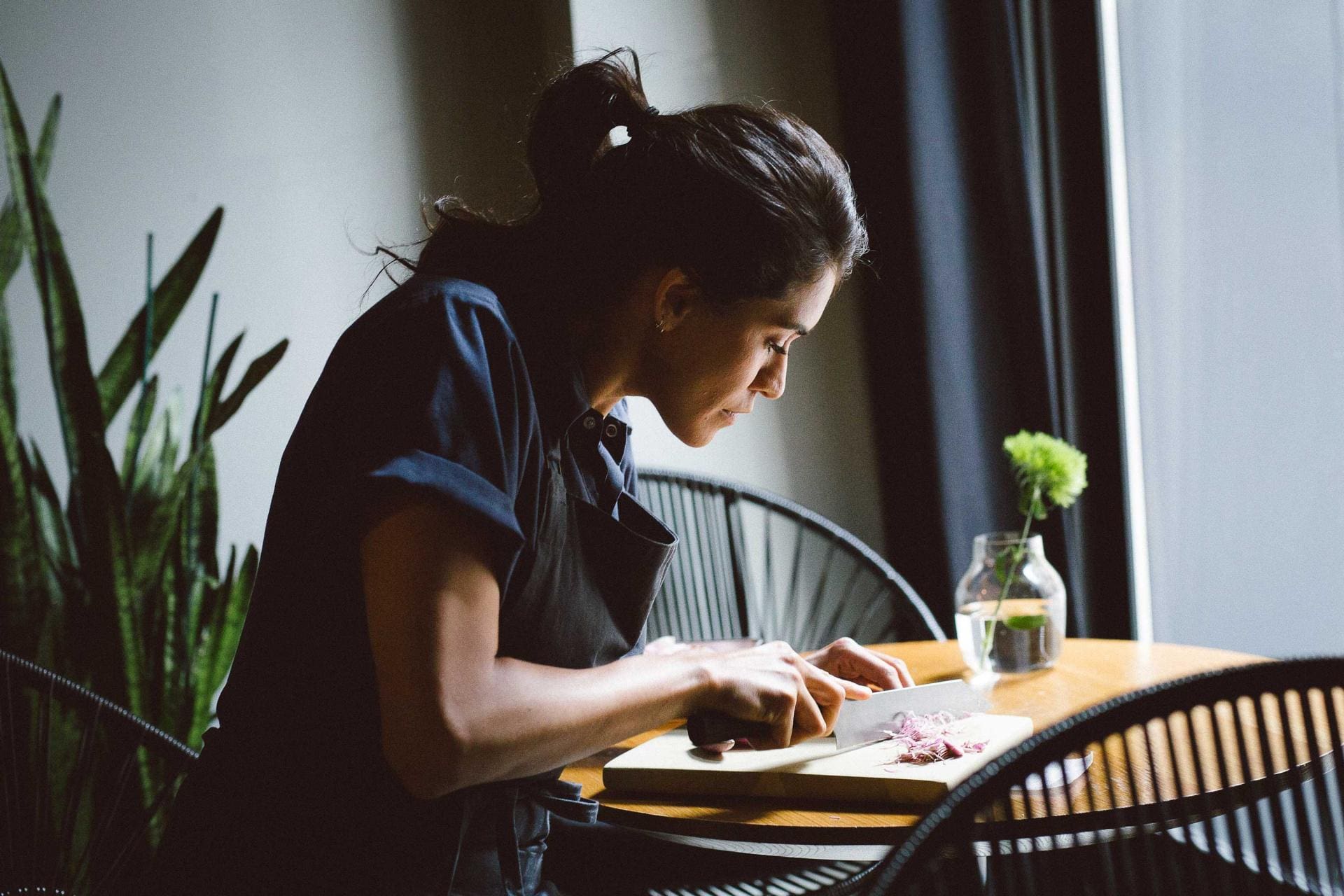
Back on home soil, Brits have also been questioning the only two UK entries – The Clove Club (number 27) and Lyle’s (number 33) – both of which are located in Shoreditch. Has our edgy east London district become – whisper it – mainstream? Those who championed the artistic cafe culture that made the neighbourhood cool again are being priced out by the urban commercialisation of the area, which has attracted the sort of big businesses that can sustain places like The Clove Club – where the tasting menu is priced at £110.
Challenging the elitist attitude and questionable criteria of the World’s 50 Best and the Michelin Guide are ‘anti-ranking’ guides such as Le Fooding, which has announced plans to launch the Priceless Cities Best New Bistro awards. The price per person must be €30-€100; the public will have a vote when it comes to the finalists and reviewers can submit three favourites per city. The French source is well-respected for advocating new openings and raw talent across France, so its list is expected to underline the idea that the best places to eat aren’t necessarily the ones approved by the establishment.
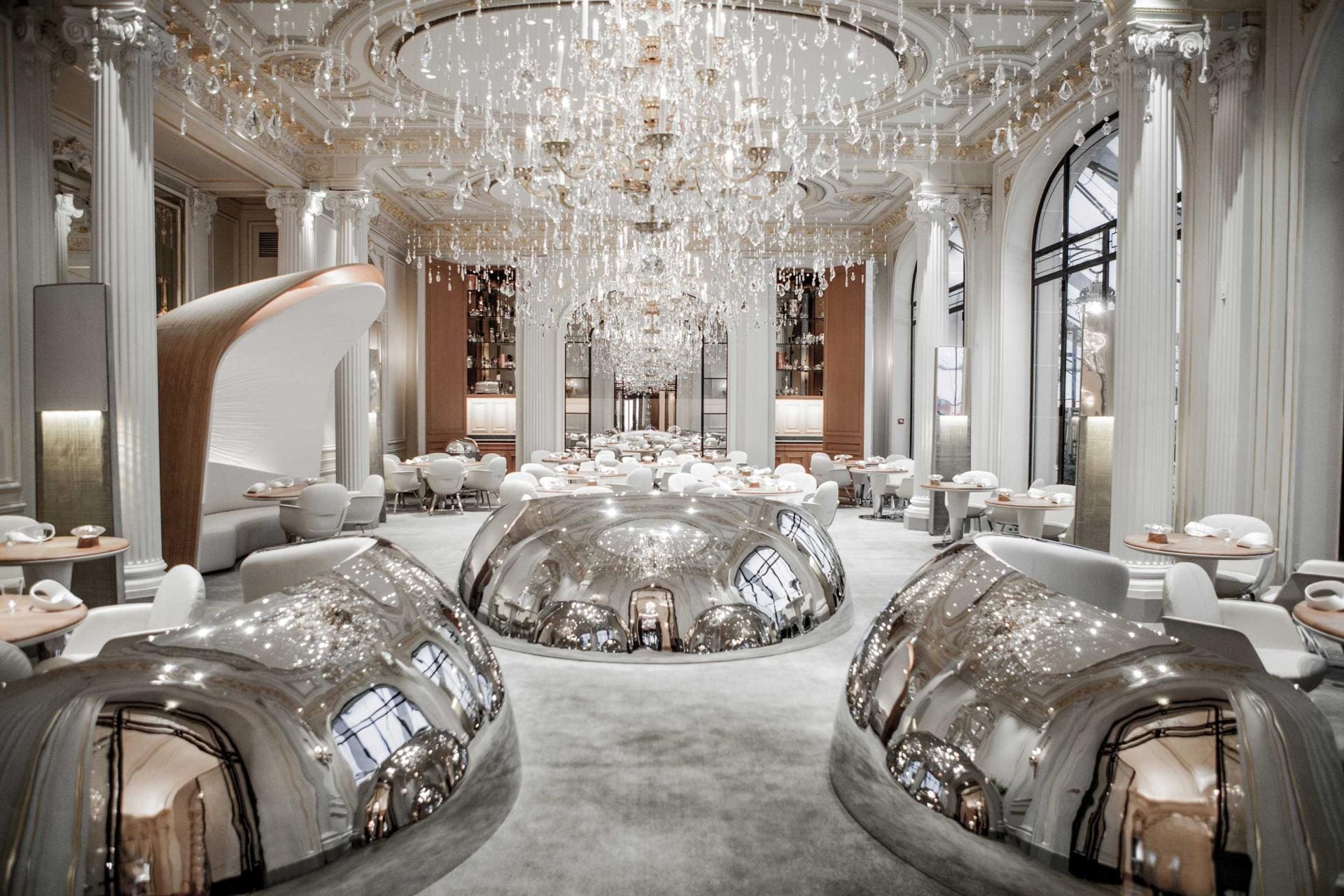
Mirazur, Menton
Despite the controversy surrounding the list, its impact on kitchens and epicureans alike can’t be denied, and the ripple effect has been felt far and wide. Noma was the catalyst for Copenhagen to become the capital of Nordic cool; Osteria Francescana made Modena a destination in its own right. And Mauro Colagreco’s Mirazur will no doubt have the same effect on Menton, a small French Riviera town that – up until now – has flown relatively under the radar. Mirazur’s name roughly translates as ‘look at the blue’, located as it is with stunning views of the Côte d’Azur, and Colagreco’s cuisine signals a harmony between the trend for foraged local ingredients and a return to classic fine dining.
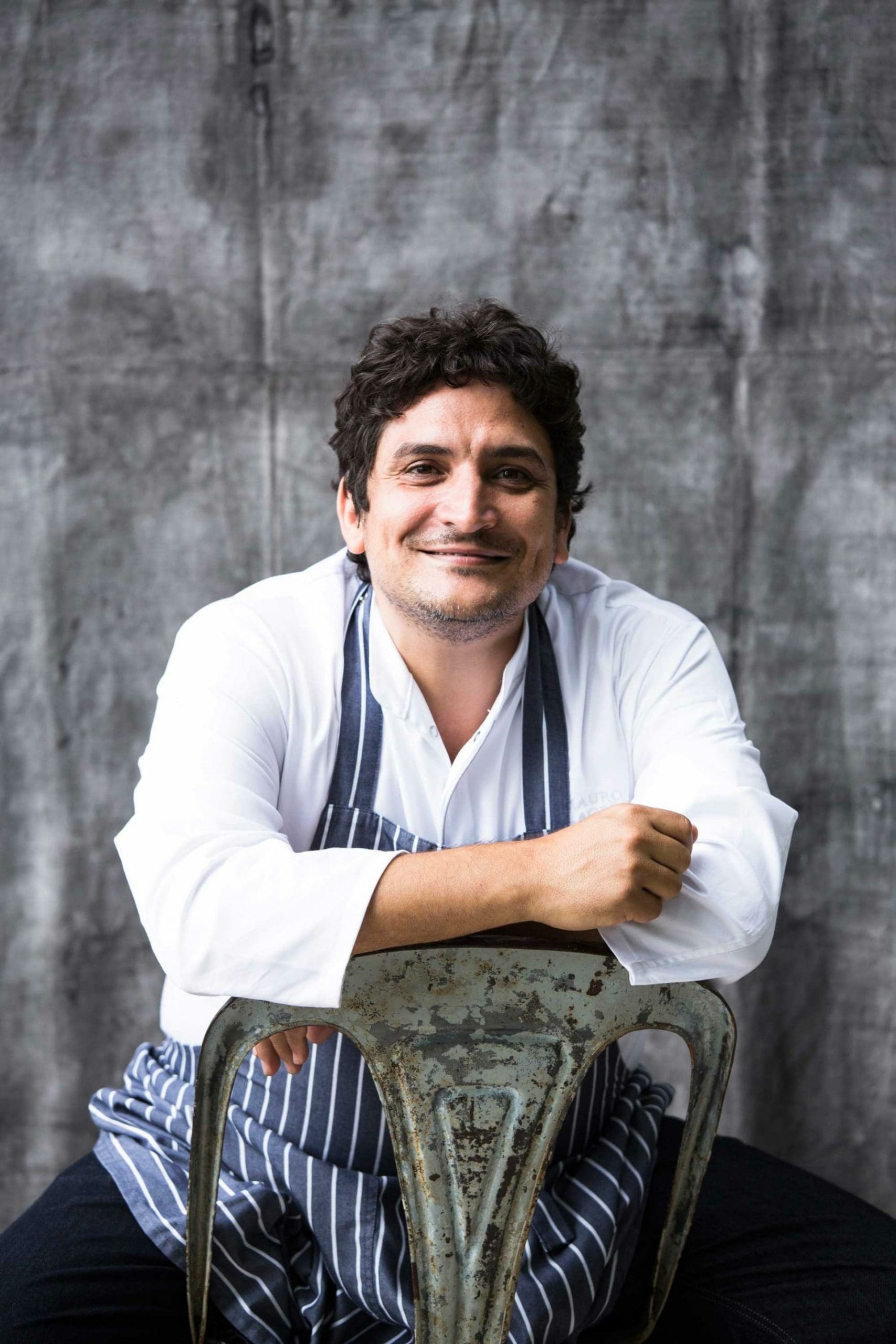
He utilises three levels of cascading vegetable gardens and delivers dishes inspired by his surroundings as well as his Argentinian upbringing. Signatures include salt-crusted beetroot from the garden with caviar cream, and an abundance of Colagreco’s favourite ingredient – tomatoes. The chef trained under Bernard Loiseau, Alain Passard and Alain Ducasse – all of whom have received three Michelin stars – so it’s fitting that Colagreco was also awarded his own three stars earlier this year.

The female chefs bringing the heat
In 1998, critics hailed Alain Ducasse as the first chef to earn six Michelin stars. In fact, the honour had gone to Eugenie Brazier 65 years earlier. Not enough has changed in the past two decades: female chefs are still being disregarded, with only five taking spots in the 50 Best. Of those five (a record high), three share their position with a man, throwing up the question: is the list the problem, the industry – or both? Some believe that many fine dining establishments rely on tradition and an outdated sense of propriety – making it difficult for women to acquire top roles – and others blame the industry’s failure to tackle institutionalised sexism, not to mention the gender pay gap. Flying the flag for female chefs this year were Daniela Soto-Innes, Elena Arzak, Pia León, Dominique Crenn, Ana Roš and Jessica Préalpato (pictured above), who was awarded Best Pastry Chef having spent the past four years at Alain Ducasse au Plaza Athénée in Paris. These women are proving that, in a professional sense, their place truly is in the kitchen.
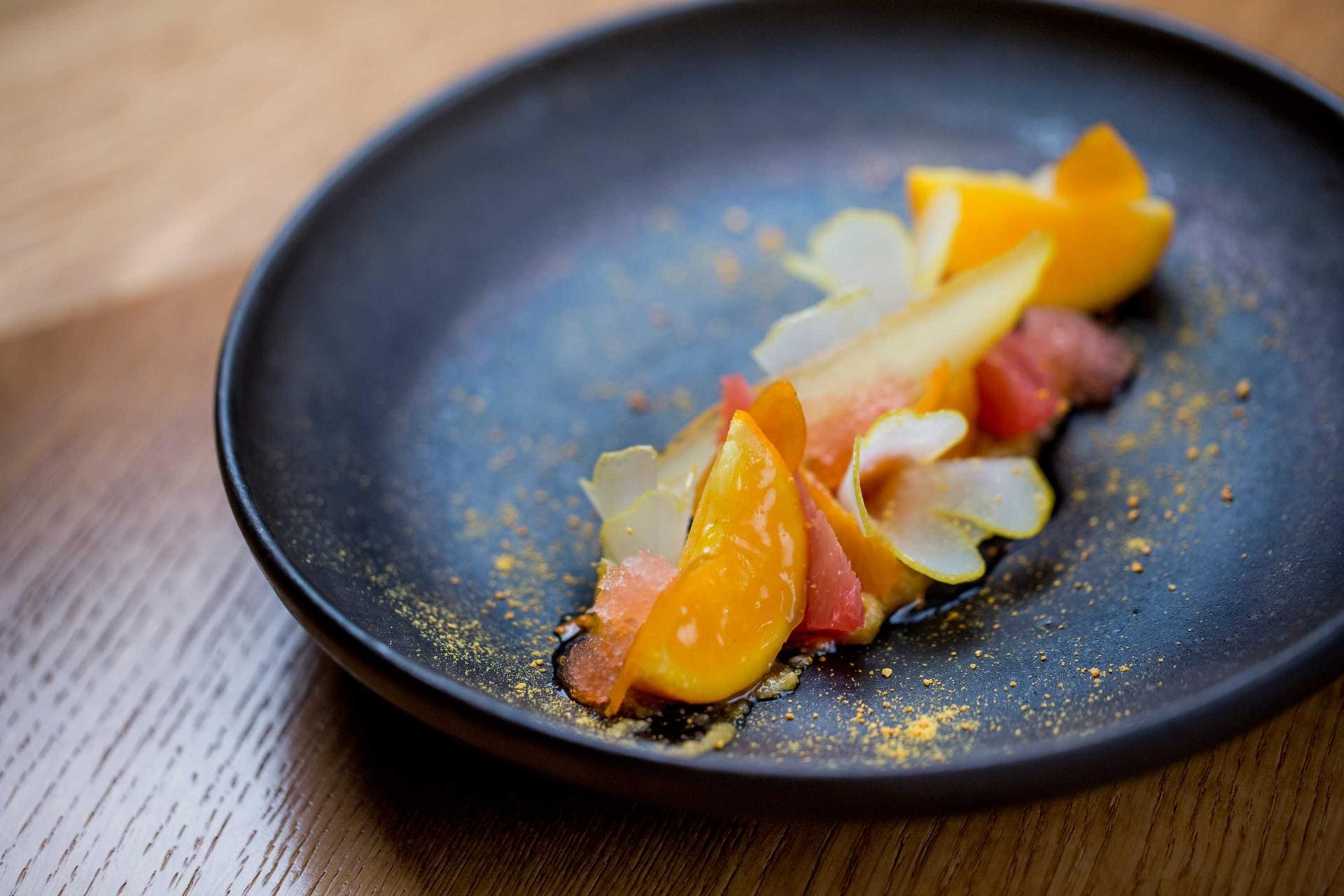
The Top 10
1. Mirazur, Menton, FranceMauro Colagreco makes the most of Mediterranean ingredients grown on the border of France and Italy.
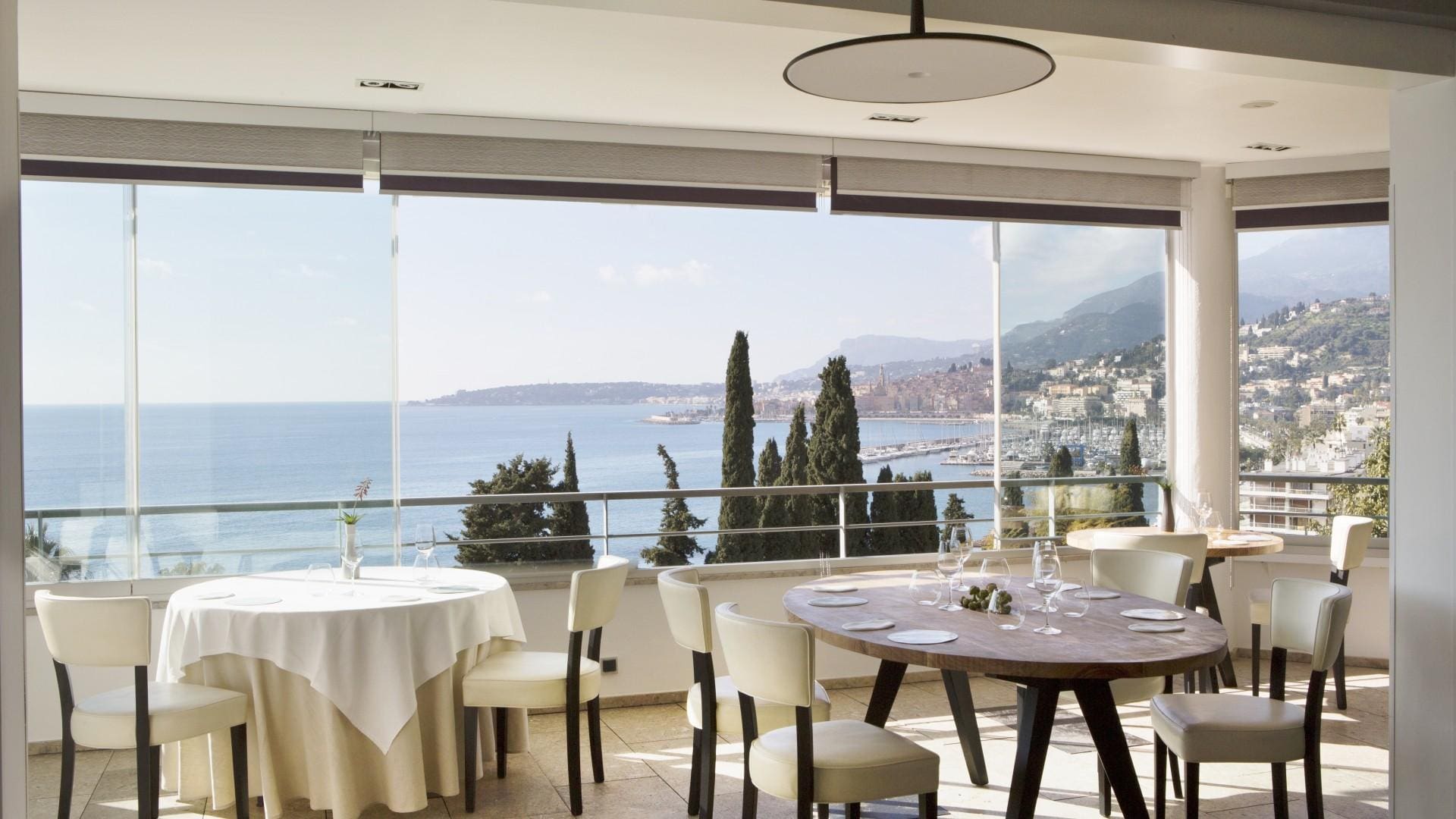
2. Noma, Copenhagen, DenmarkRené Redzepi’s ‘New Nordic’ cuisine has taken the top spot four times, but its new location made it exempt from the guide’s new rules (see above).
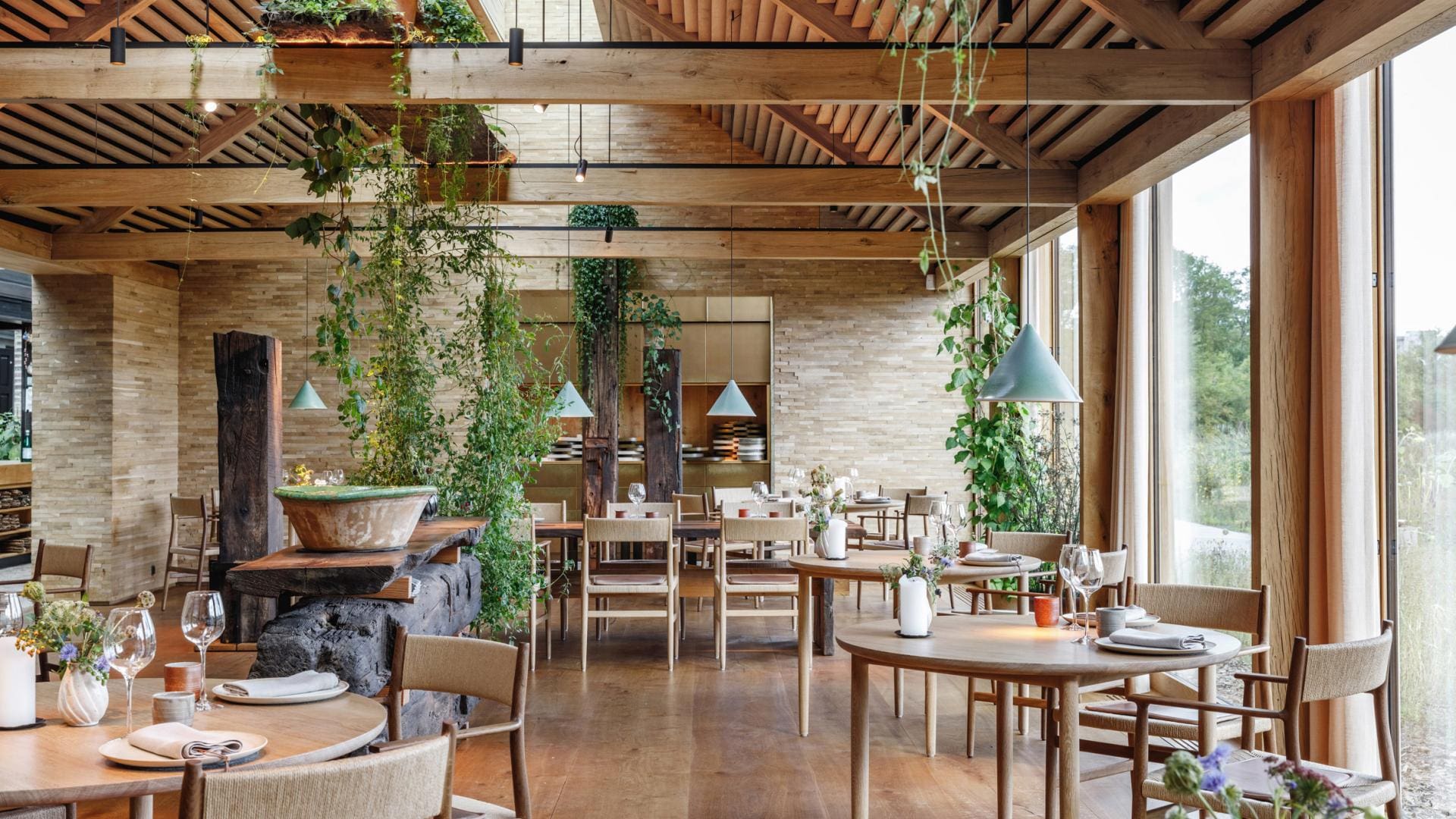
3. Asador Etxebarri, Axpe, SpainA Spanish wood-fired barbecue by Victor Arguinzoniz, who smokes and grills high-quality local ingredients to bring out their flavour.
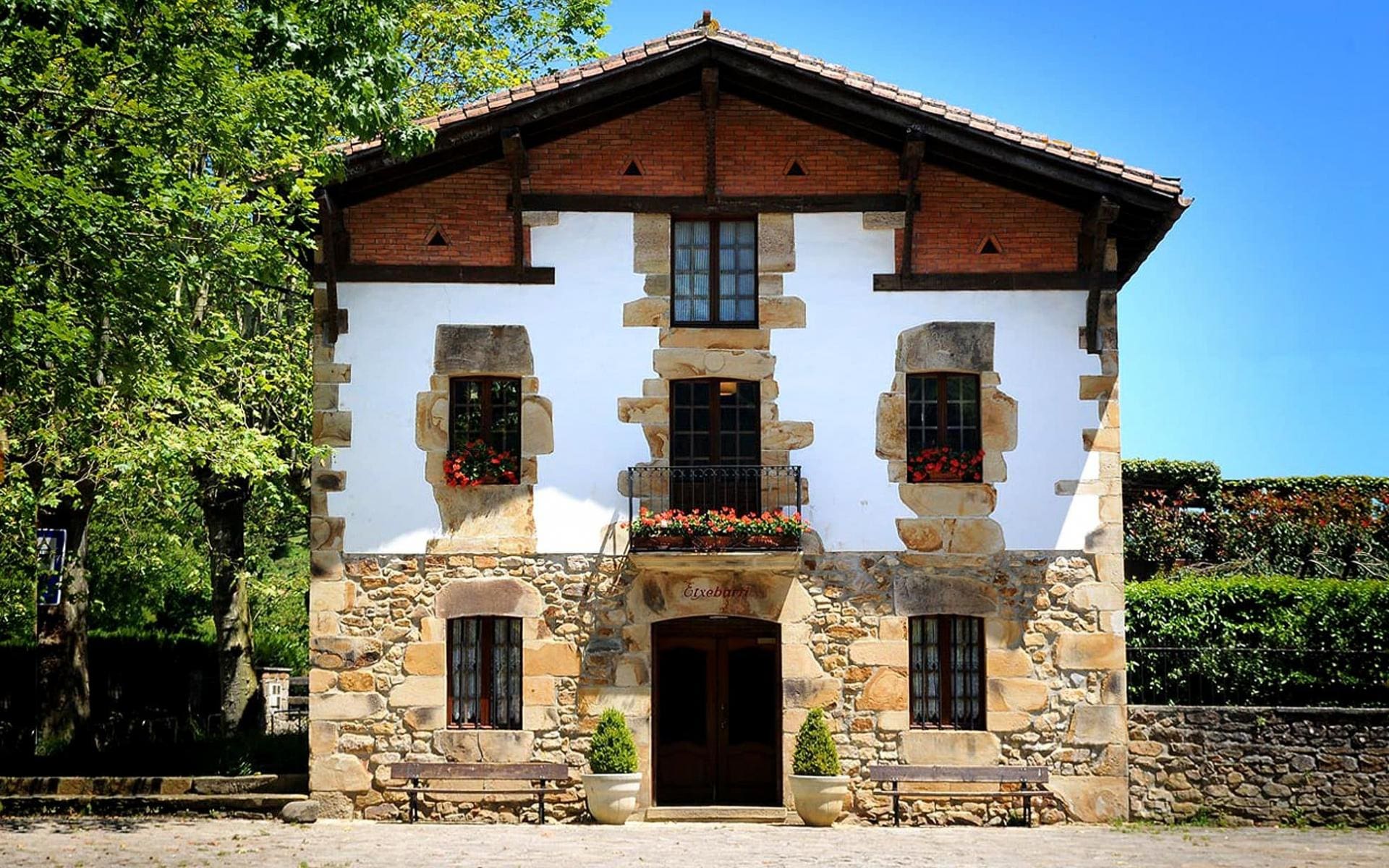
4. Gaggan, Bangkok, ThailandGaggan Anand’s progressive Indian cuisine is creative and evolutionary – but the restaurant has announced its planned closure for 2020.
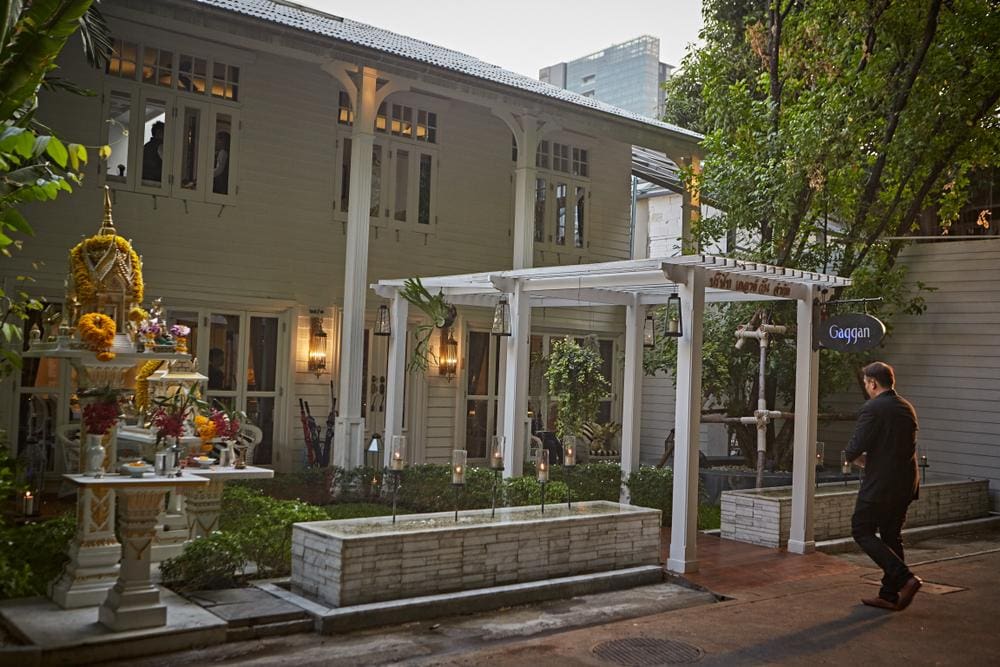
5. Geranium, Copenhagen, DenmarkRasmus Kofoed produces 17-course tasting menus with artistic vigour in his modern Scandinavian stadium-side restaurant.

6. Central, Lima, PeruHusband and wife duo Virgilio Martínez and Pía León put Peru on the culinary map with their contemporary take on the country’s most interesting ingredients.
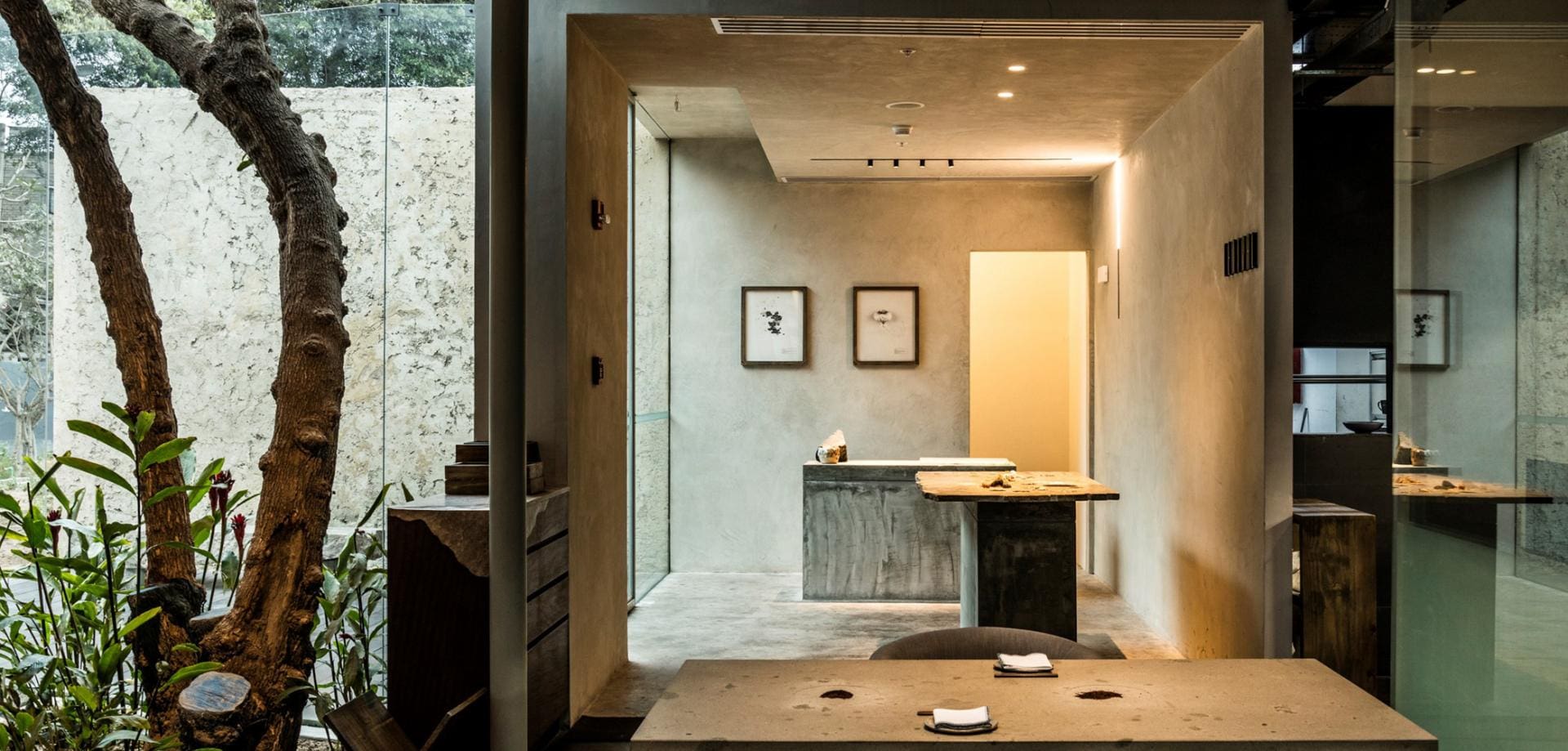
7. Mugaritz, San Sebastián, SpainAndoni Luis Aduriz’s avant-garde approach aims to open diners’ minds with dishes named ‘How Long A Kiss Lasts’ and ‘Haiku’.
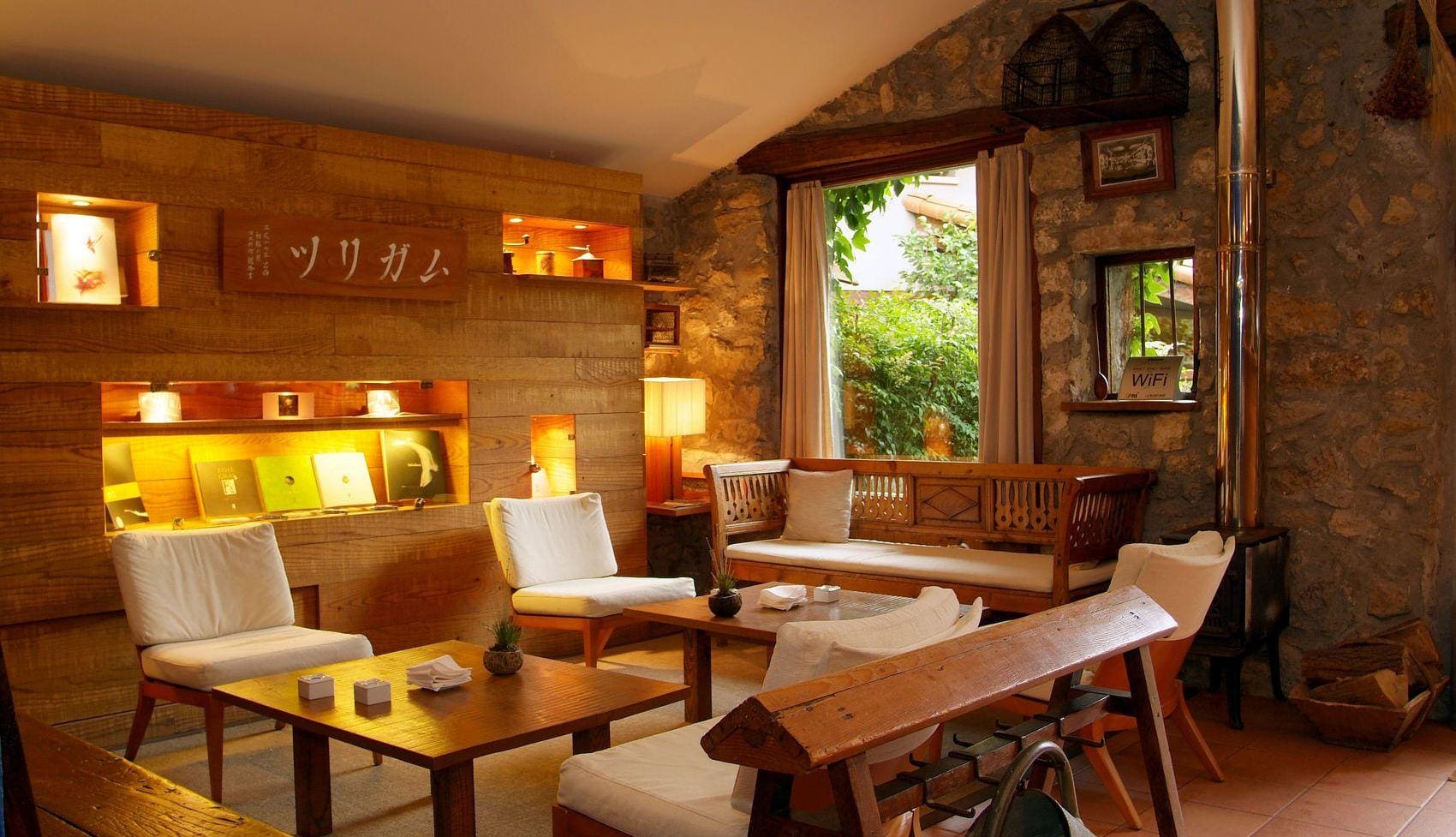
8. Arpège, Paris, FranceAlain Passard’s three-Michelin-star restaurant stands out because of his willingness to embrace vegetarian cuisine and farm-fresh produce.

9. Disfrutar, Barcelona, SpainElements of surprise and platefuls of paradox prevail at the hands of Mateu Casañas, Oriol Castro and Eduard Xatruch.
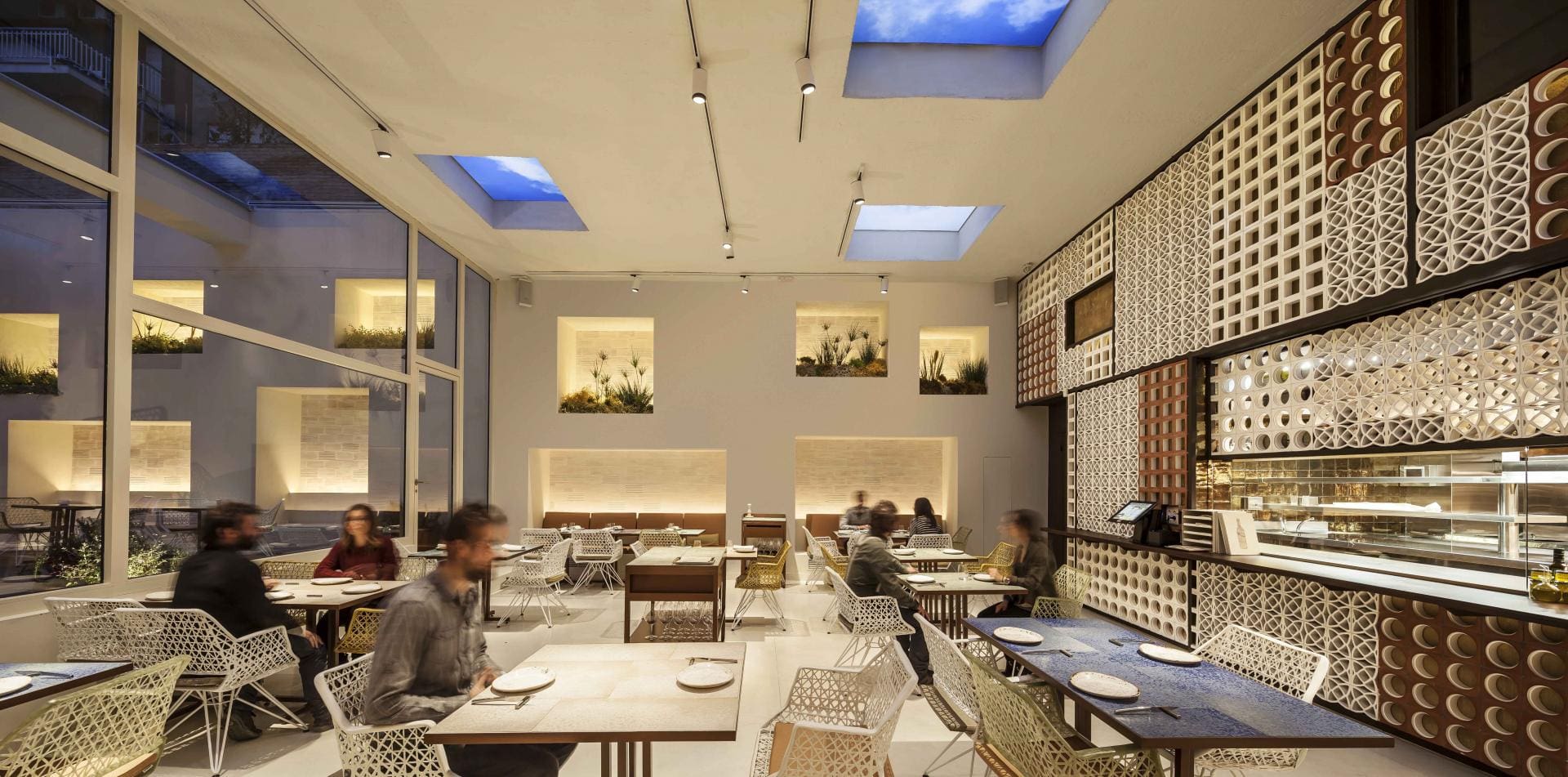
10. Maido, Lima, PeruMitsuharu Tsumura and Cesar Choy’s Nikkei style takes clientele on a journey through Peru and Japan, with an emphasis on seafood that shows off their knife skills.
